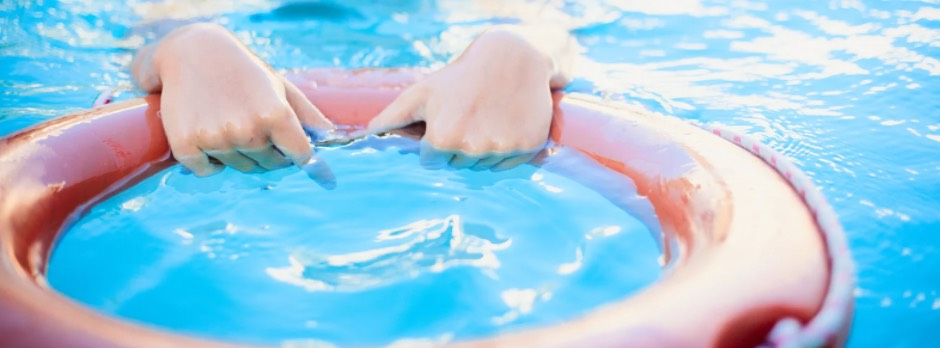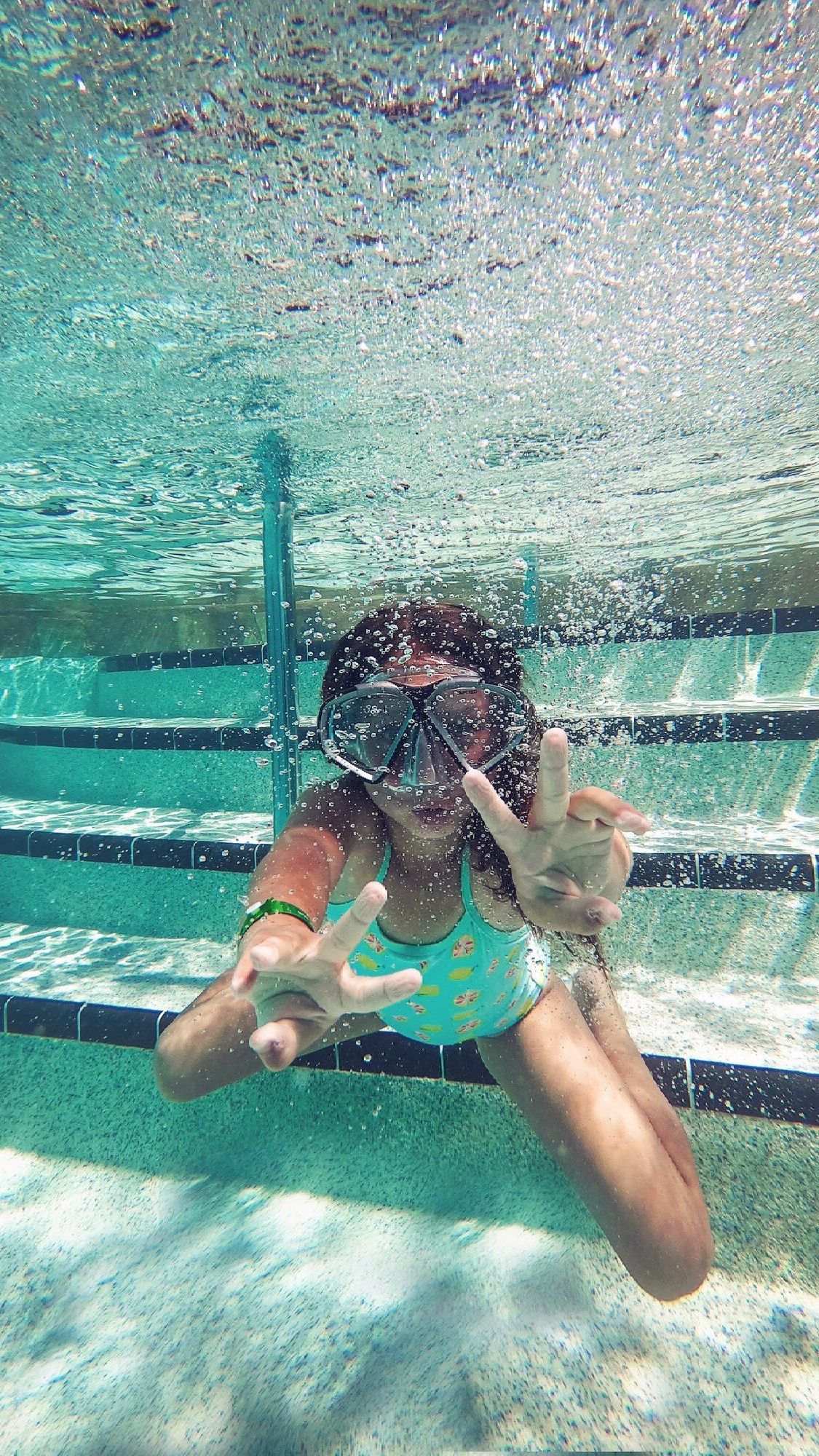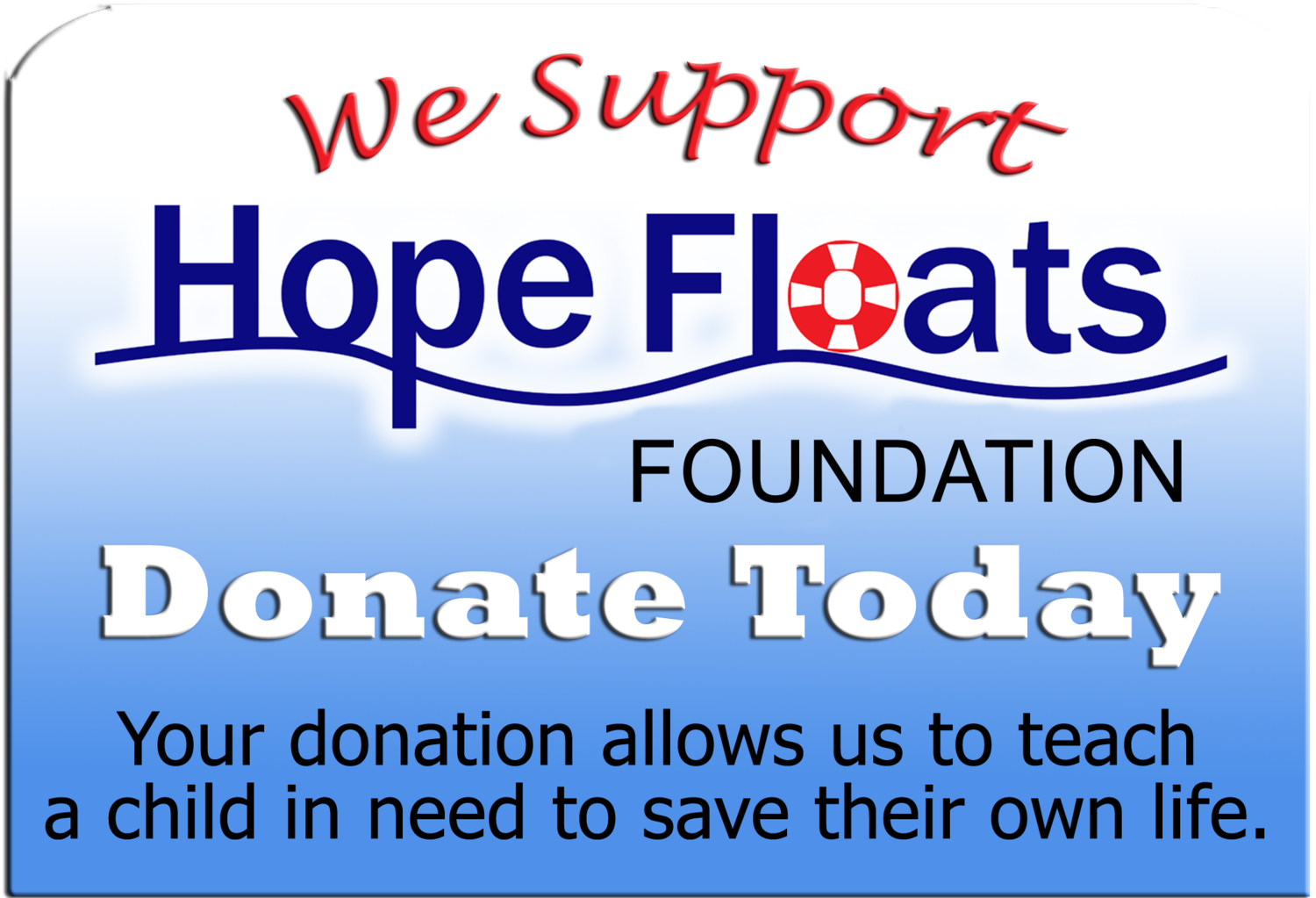The Elevated Risk: Why Water Safety is So Important for Children with Autism

Water can be both a source of joy and a significant hazard, especially for children with autism. While many kids are naturally drawn to water, children on the autism spectrum face heightened risks due to factors like wandering (also known as elopement), sensory-seeking behaviors, and challenges with communication. Understanding these risks and taking proactive steps can be lifesaving.
Drowning is a leading cause of death for children with autism. According to the National Autism Association, children with autism are 160 times more likely to die from drowning than their neurotypical peers. This staggering statistic underscores the critical need for heightened water safety awareness and measures.
Wandering is a significant concern. The Autism Society reports that 49% of children with autism attempt to elope after age 4, with 74% of these incidents occurring from the child's home or someone else's home. Given that children with autism may be drawn to water, these wandering incidents can quickly become dangerous.
Why Water Is So Appealing and Risky for Children with Autism
Many children with autism are drawn to water due to its sensory qualities like the way it feels, sounds, and moves. However, this attraction can be perilous. Children may not recognize the dangers associated with water bodies like pools, lakes, or even bathtubs. The National Autism Association notes that children with autism may go straight to water regardless of its temperature or type, including ponds, lakes, fountains, rivers, canals, and even wastewater.
How Swim Lessons Can Save Lives
Early and consistent swim lessons are a vital tool in preventing drowning. The National Autism Association emphasizes the importance of enrolling children in swimming lessons as early as possible, noting that for children with autism, additional considerations include wandering prevention.
At Swim Lessons with Mary, we specialize in private, adaptive swim lessons tailored to each child's individual needs. Our instructors are trained to work with children on the autism spectrum, and create a safe, supportive environment where every child can learn at their own pace and build lifelong water safety skills.
Our instructors focus on:
- Building trust between the instructor and the child
- Using visual aids and clear, consistent communication
- Creating a structured routine to provide predictability
- Celebrating small milestones to build confidence
Our mission at Swim Lessons with Mary is to instill safety, build confidence, and make learning to swim a positive experience for every swimmer.
Water Safety Tips for All Families
Here are some actionable steps to enhance water safety for children:
- Install Protective Barriers: Ensure pools and hot tubs are fenced with self-latching gates that lock. Use pool and hot tub covers when not in use.
- Use Alarms and Visual Aids: Install alarms on doors, windows, and pool gates. Use visual aids like stop signs to reinforce boundaries.
- Supervise Constantly: Always have a designated adult supervising children near water. Distractions can be deadly. The National Autism Association advises that more eyes do not equal more protection; assign one responsible person to watch your child at all times.
- Educate Through Social Stories: Use social stories and visual schedules to teach children about water safety and the importance of staying with a trusted adult.
- Practice Water Safety Skills: Regularly review water safety rules and practice safe behaviors in and around water.
We're Here to Help
Water safety is a critical concern for families of children with autism. By understanding the risks and taking proactive steps, like enrolling in specialized swim lessons, you can make a significant difference in your child's safety and well-being. If you're interested in learning more about our adaptive swim lessons or have questions about water safety, please contact us or book a lesson today.












































































































